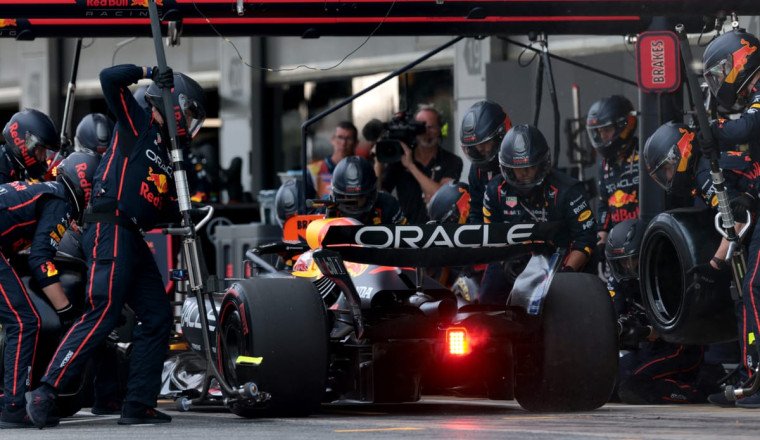
While Max Verstappen's Spanish Grand Prix was overshadowed by his late-race clash with George Russell, this was not necessarily the defining moment in derailing his afternoon.
Instead, that controversial incident was ultimately a consequence of events that spiralled out of control from a tyre call that his Red Bull Formula 1 team had made a few laps before.
This was when the late-race safety car was called out to allow marshals to recover Kimi Antonelli's stricken Mercedes.
On a day when thermal degradation was the key issue all drivers were battling, this safety car period on lap 55 out of 66 meant the preference from most people was to take on some fresh rubber for the dash to the chequered flag.
Indeed, Verstappen - whose three-stop strategy had put him within touching distance of McLaren throughout the race but looked set to ultimately yield third - himself told the team that he too wanted some new tyres.
"Do we have another set of tyres?" he asked. "It will make a difference, fresh tyres."
But while Red Bull duly fitted his car with the only 'fresh' set of tyres it had left in his allocation, the incredulity of many watching was matched by the driver in the cockpit when he saw on the way out the pits the white sidewall that signified it being the hard compound.
"Why the f*** are we...what is this tyre?" enquired an agitated Verstappen over team radio, before being told it was the C1. "Why are we on a hard?"
Anyone paying attention to how things had played out over the course of the Spanish GP weekend will have known that the hard tyre was pretty much unusable.
Drivers who tried it out in Friday practice had found it to be so troublesome that it never featured on the radar to be used in the race.
Not only was it the slowest choice but, as Pirelli chief engineer Simone Berra had explained: "We have seen that the C1 shows very low grip. So it's sliding also. The balance is not good. It's disconnected. The front axle and rear axle are very disconnected.
"So you have mid-corner understeer, especially in low-speed corners, and then you have rear axle sliding in high-speed corners with little support."
The hard was clearly not a preferred option (indeed nobody else considered it in the race).
From Red Bull's perspective, however, it had been pushed into a corner by the timing of the safety car off the back of its aggressive three-stop strategy - so the hard was the only new set of rubber Verstappen had left.
Verstappen had gone into the Spanish GP with his six available sets of tyres being three new sets (one from each compound) plus three other sets of used softs that had been used to a varying degree in qualifying.
Verstappen's tyre sets on Sunday (and availability for the restart)
Used C3 soft (already used in first stint)
Used C3 soft (on the car as SC was triggered)
Used C3 soft (available)
New C3 soft (already used in second stint)
New C2 medium (already used in third stint)
New C1 hard (available)
He started the race on a used set of softs (leaving him with one fresh and two used C3s) before he pitted on lap 13 for his fresh set of softs for 16 laps.
After a third stint between lap 29 and lap 47 on his fresh mediums, Verstappen then took on one of his two remaining used sets of softs for a run that would have been set to go until the end of the race if there had not been a safety car intervention.
So when that caution period did come and Verstappen wanted some fresh rubber, Red Bull only had two options to pick from: the fresh hard and that final used soft.
With the tyre that Verstappen was running on having had eight laps of racing action on top of what it did in qualifying, Red Bull did not feel that it made sense to move him on to the sole remaining used soft because it was hardly any better.
As Red Bull team boss Christian Horner said: "Obviously it [the remaining C3 set] had done qualifying and then it does all the laps to the grid, plus all the race starts. So it's essentially had, I think, seven or eight laps on it. It was effectively the same as the set on the car.
"So you're faced with the choice of a brand new set [of hards] versus an eight-lap-old set that have taken a bit of a pounding."
While the move to the hard seemed illogical for many, Red Bull had no other option if it was going to get some fresh tyres on to the car.
And as rival McLaren boss Andrea Stella said about what Red Bull did: "I think in a race where you have so much tyre degradation you are always incentivised to pit.
"If you ask the driver, 'Would you like to stay out or pit for a hard?' - I'm not sure which one he would pick.
"For us, staying on a two-stop, it gave us definitely a tyre for a safety car. I think going on a three-stop, you run out of tyres. I'm not sure if he [Verstappen] had another used soft available.
"But a hard tyre at the restart was always going to be a problem."
What Red Bull should have done, which even the team admitted afterwards was the better option - especially with the way Verstappen's frustration tumbled out of control on the hard - was to roll the dice and stay out on the softs rather than pitting at all.
That was not an ideal situation with old rubber, but it would have given Verstappen critical track position against the McLaren duo - and a win-or-bust chance to hold them back.
Even if he had started dropping down the order, he would likely only have tumbled to third or fourth - rather than the fifth he crossed the line in, which became 10th after a penalty.
"With 20/20 hindsight you would have left him out," Horner admitted.
"He would have got passed by the two McLarens. Would he have got passed by [Charles] Leclerc? It's all subjective and you never know.
"But you make the decision with the information you have to hand and the risk we had, going onto the three-stop, was that in a safety car scenario in the last third or fourth of the race you are exposed."
Even Red Bull could not have anticipated just how big the consequences were of that safety car exposure, nor how things would fall apart on that tricky hard tyre.









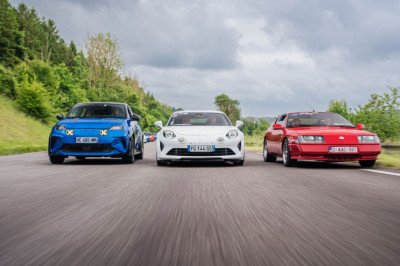
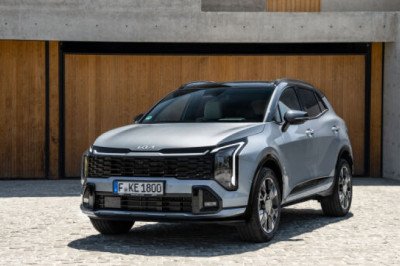
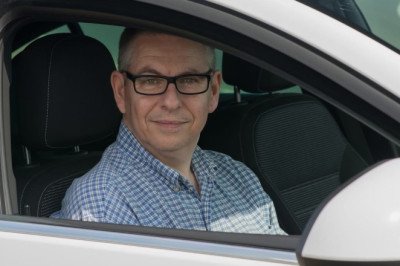
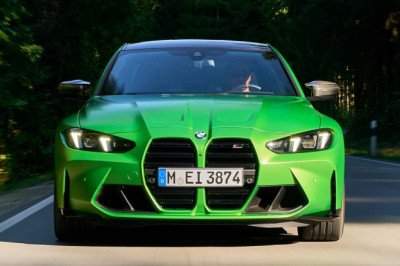
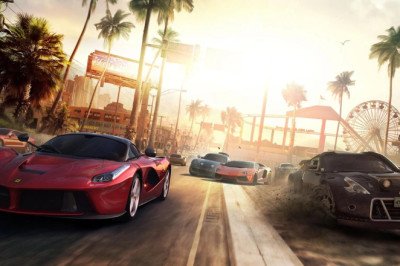
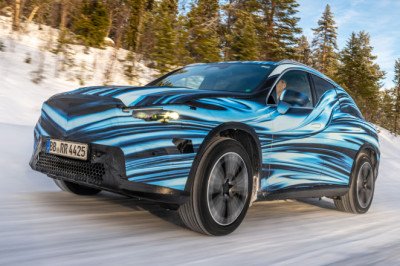
Facebook Conversations